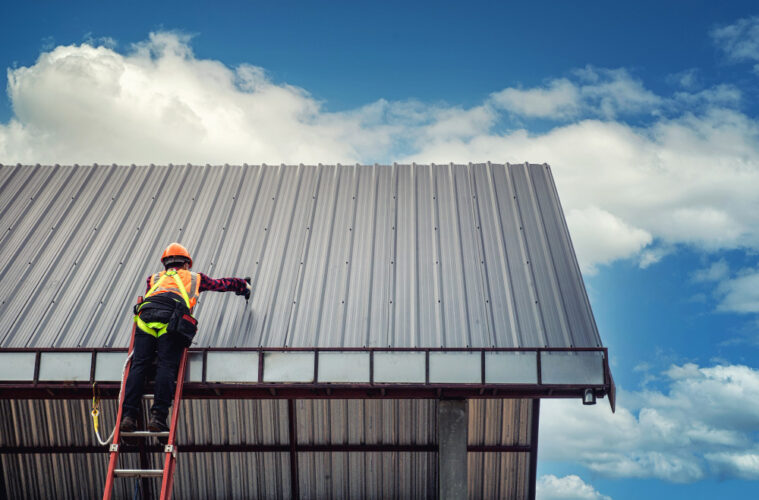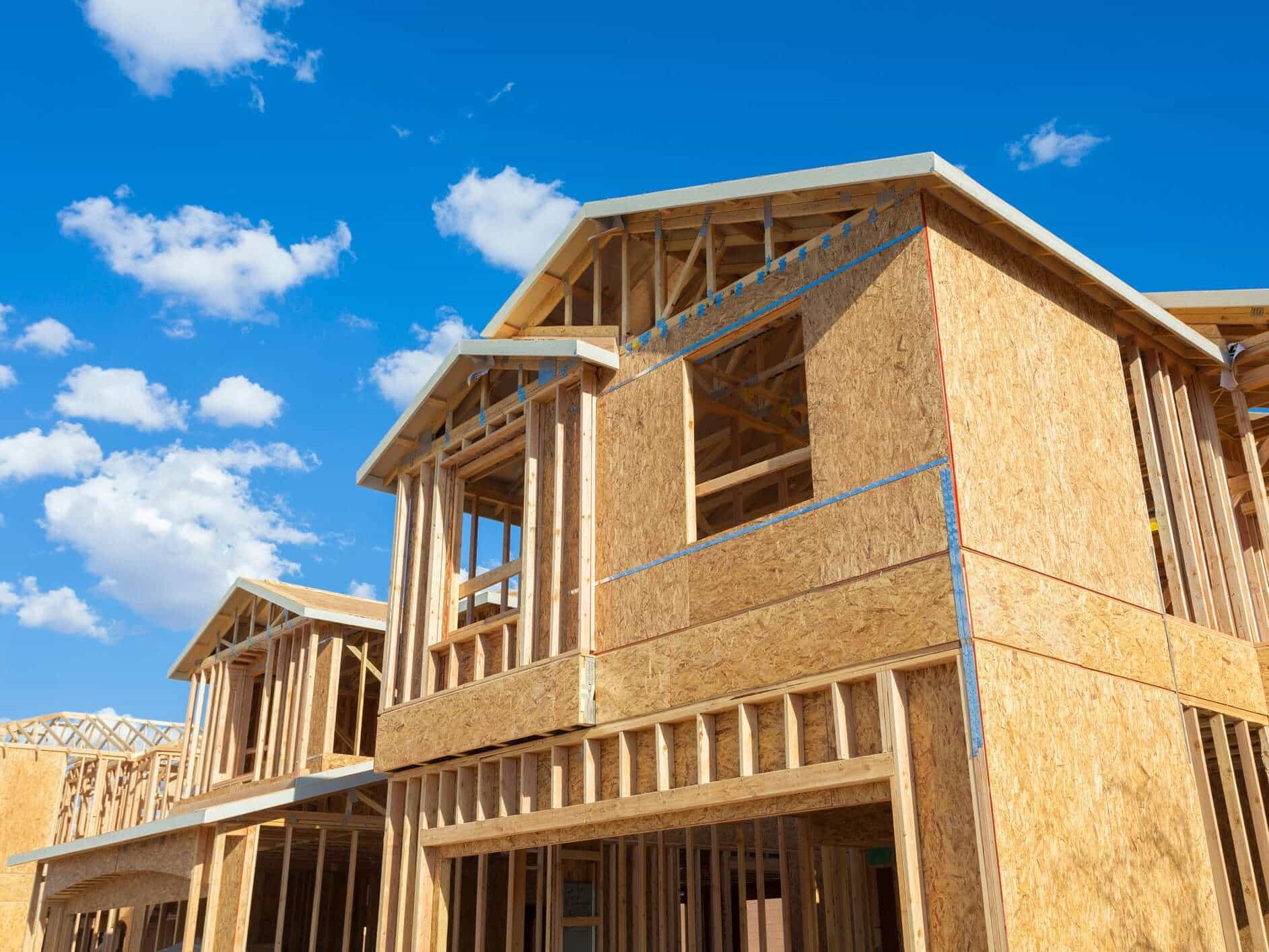Choosing roof repairs often raises questions about cost, quality, and how long the work will last. Some people focus only on price, while others pay more attention to materials or contractor reputation. The best approach balances all three factors so the roof repair protects the home without draining the budget or cutting corners on durability.
A roof that looks inexpensive at first can lead to higher costs later if the work fails too soon. On the other hand, paying for the highest-end option does not always guarantee the best value. By weighing the age of the roof, the extent of the damage, and the type of materials used, homeowners can make smarter choices that save money over time.
This article explains how to evaluate repair options with a clear focus on long-term value. It covers what to consider before starting repairs, how to identify the right balance between price and quality, and why smart decisions now can prevent larger expenses in the future.
Key Considerations for Balancing Cost, Quality, and Longevity
Homeowners face trade-offs between upfront expenses, expected lifespan, and overall performance of roof repairs. Careful evaluation of the roof’s present state, material choices, repair priorities, and contractor skill helps determine the most practical balance.
Assessing Your Roof’s Current Condition
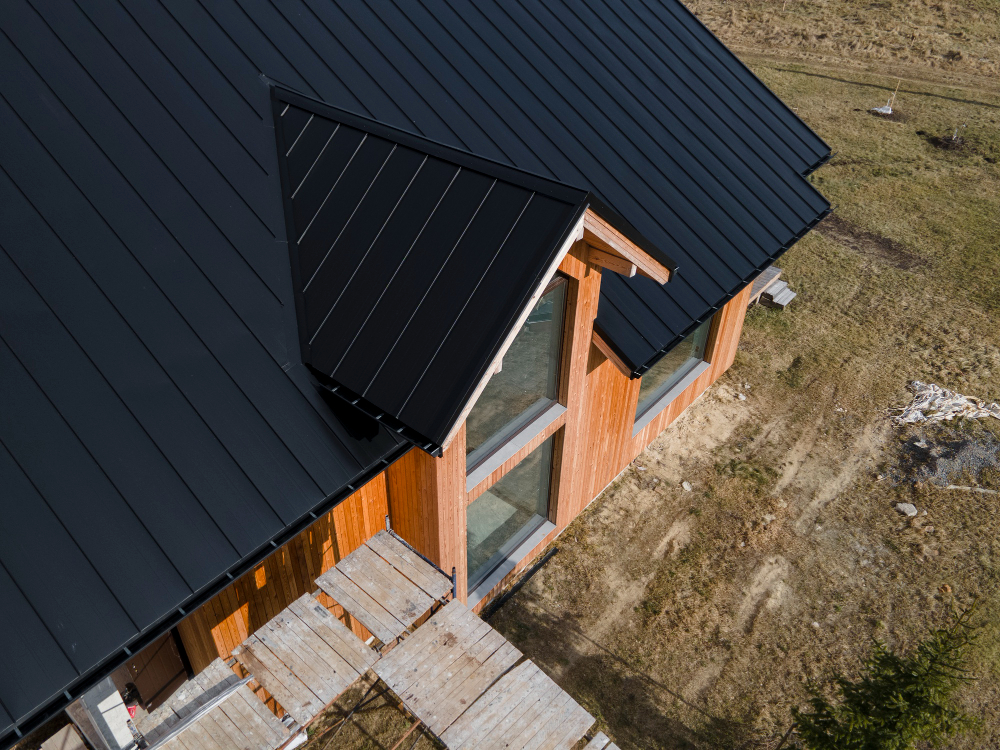
Age also plays a major role. A roof nearing the end of its typical lifespan, such as 20–25 years for asphalt, may not benefit much from patch repairs. In contrast, a roof under 10 years old with minor damage could last longer with targeted fixes.
Local climate factors matter as well. In areas with heavy snow, ice, or high winds, like those common with Roofing in Grand Rapids, small issues can quickly grow worse. A professional inspection helps identify hidden structural damage or moisture problems that may not be visible from the ground.
Comparing Roofing Materials and Their Lifespans
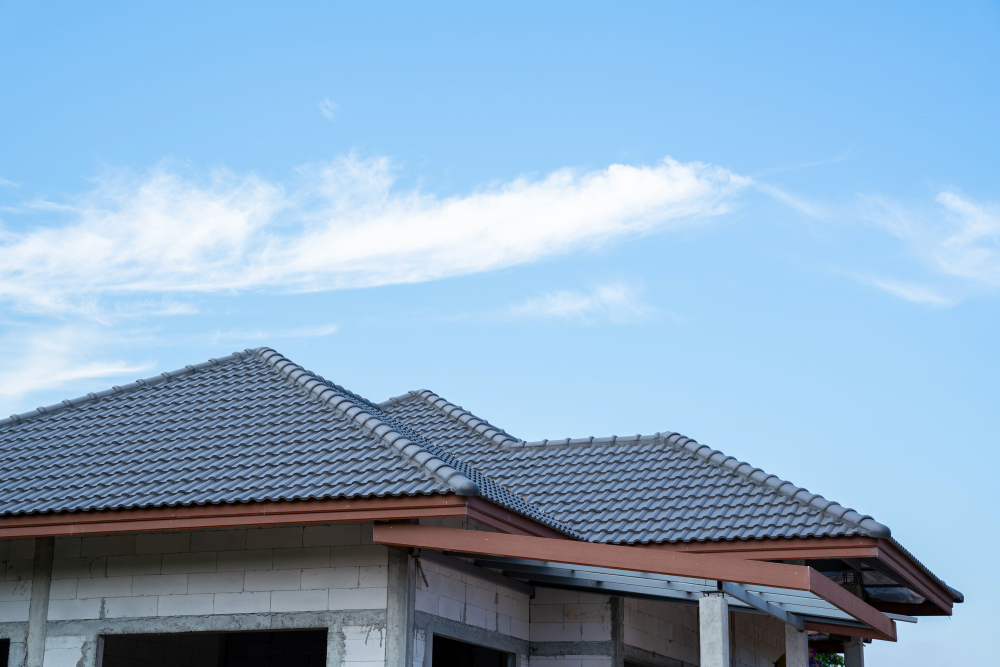
Homeowners should also weigh maintenance demands. Asphalt may need more frequent repair, while metal resists fire, rot, and insects. Tile and slate provide long life but may crack under impact and add significant weight.
Climate further influences performance. Metal resists snow and ice buildup, while asphalt handles moderate weather at a lower price. Matching material choice with local conditions helps maximize value over time.
Prioritizing Repairs Versus Replacement
Not every roof issue requires replacement. Small leaks, damaged flashing, or a few missing shingles can often be repaired at a fraction of the cost. However, widespread wear, curling shingles, or repeated leaks typically signal that replacement is more cost-effective.
Budget also shapes the decision. Repairs may extend the life of an older roof temporarily, but repeated fixes add up. Replacement may involve higher upfront cost but provide decades of service without recurring expenses.
Energy efficiency should also be considered. A new roof with modern materials and proper insulation can lower heating and cooling costs, which offsets some of the initial expense over time.
Understanding the Impact of Installation and Contractor Choice
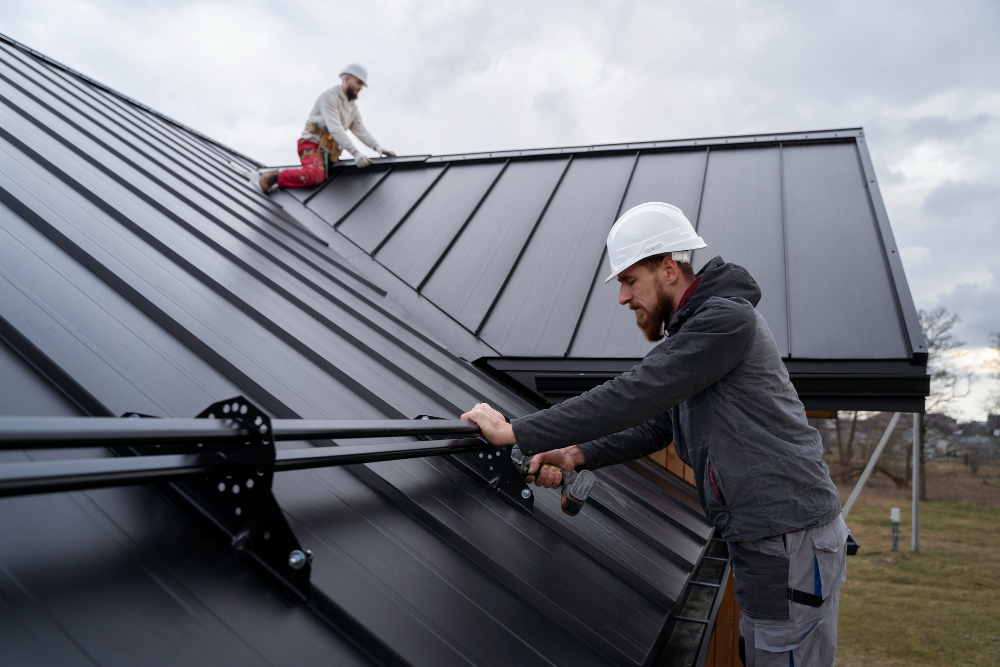
Homeowners should verify licensing, insurance, and references before committing. Clear contracts, detailed estimates, and warranty coverage also protect against unexpected expenses.
Local expertise adds further value. Contractors familiar with regional weather patterns and building codes can recommend the most practical solutions. A well-installed roof not only lasts longer but also maintains its performance with less need for costly repairs.
Maximizing Value Through Smart Roof Repair Decisions
Smart roof repair choices protect both the home and the homeowner’s budget. The right approach balances immediate costs with long-term savings, addresses common problem areas, and supports both energy efficiency and curb appeal.
Evaluating Cost-Effective Repair Solutions
Homeowners often face a choice between patch repairs and larger replacements. Minor issues such as a few missing shingles or a small leak can usually be resolved at a lower cost without replacing large sections of the roof. This targeted approach helps control expenses while still protecting the structure.
However, cost alone should not guide the decision. A repair that fails within a year often leads to higher expenses than a slightly more expensive fix done with quality materials. For example, replacing damaged shingles with low-grade products may require another repair sooner, while better materials extend the roof’s life.
Professional inspections also matter in cost-effective planning. A skilled roofer can identify hidden problems around chimneys, vents, or skylights that may worsen if ignored. Addressing these issues early prevents larger bills later and avoids repeated labor charges.
Factoring in Maintenance and Long-Term Savings
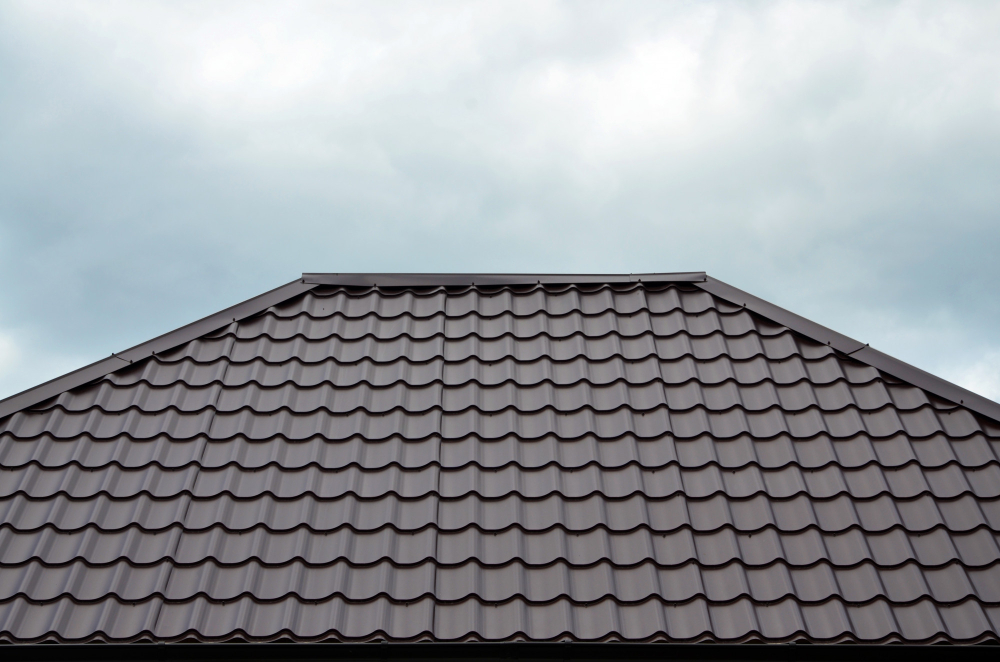
Investing in durable materials also supports long-term value. Metal, tile, or composite shingles may cost more upfront but last decades longer than cheaper options. Over time, fewer replacements and repairs offset the higher starting price.
Homeowners should also consider warranties. Many roofing products include coverage that reduces repair costs if problems occur. Combined with scheduled inspections, warranties offer financial protection and extend the roof’s usable life.
Addressing Common Roofing Issues and Damage
Weather damage remains one of the most frequent causes of roof problems. High winds tear off shingles, while heavy rain exposes weak spots around vents or chimneys. Immediate repair of these areas prevents water leaks that can spread into ceilings and walls.
Missing or damaged shingles often appear after storms. Replacing them quickly protects the underlayment and avoids rot. Ignoring such issues allows moisture to reach deeper layers, which can require full roof replacement.
Other common issues include cracked flashing, clogged gutters, and worn sealant around skylights. Each of these problems may seem minor at first but can lead to costly structural repairs if left untreated. Addressing them promptly preserves both function and value.
Improving Curb Appeal and Energy Efficiency
Roof repairs also influence a home’s appearance and energy use. A roof with mismatched or worn shingles reduces curb appeal, while a well-maintained surface improves the overall look of the property. This visual impact can affect resale value and neighborhood perception.
Energy-efficient roofing features add another layer of value. Options such as reflective shingles or cool roof coatings reduce heat absorption, lowering utility bills. In some cases, energy-efficient upgrades may also qualify for tax incentives, which further increase savings.
Even small repairs can support efficiency. For example, sealing gaps around vents or replacing damaged shingles prevents air leaks and improves insulation performance. By combining aesthetic improvements with energy-conscious choices, homeowners strengthen both comfort and long-term financial return.
Conclusion
Balancing cost, quality, and longevity in roof repairs requires clear priorities. Homeowners need to weigh short-term savings against long-term value, since cheaper materials may lead to more frequent repairs.
Durability often justifies a higher upfront price. Materials like metal, slate, or tile last far longer than asphalt shingles, which means fewer replacements over time.
Climate, maintenance habits, and installation quality also play a direct role in how well a roof performs. Choosing the right balance helps protect both the home and the budget.

